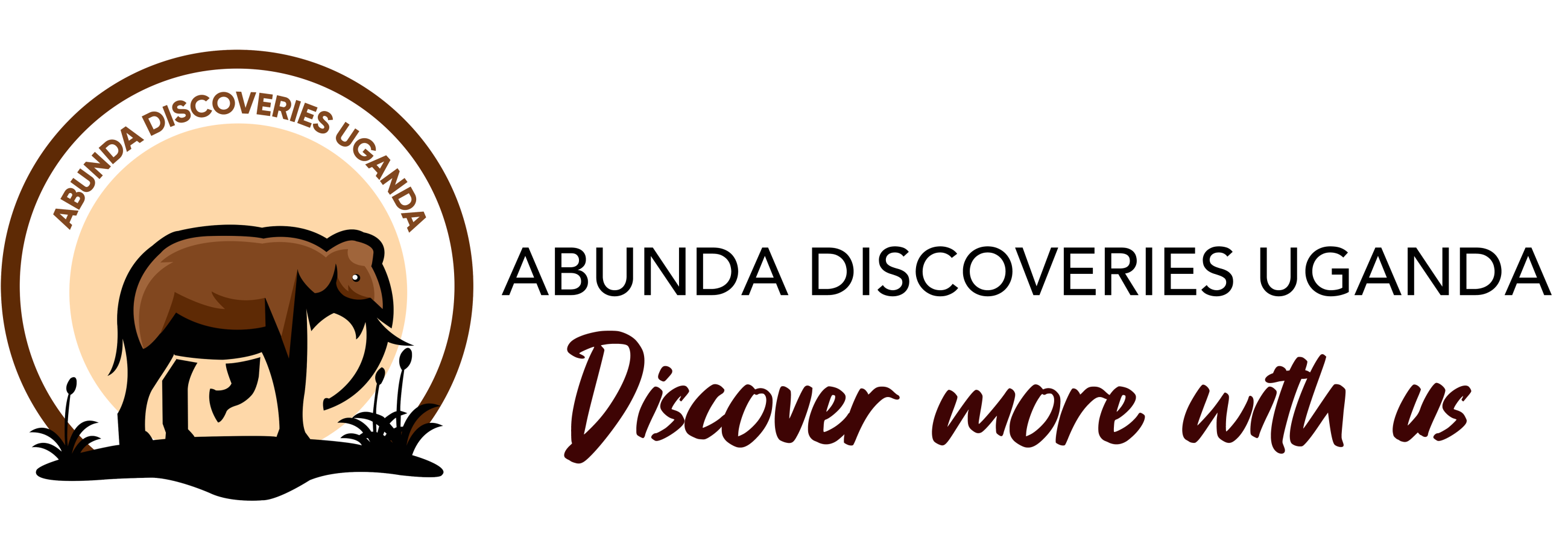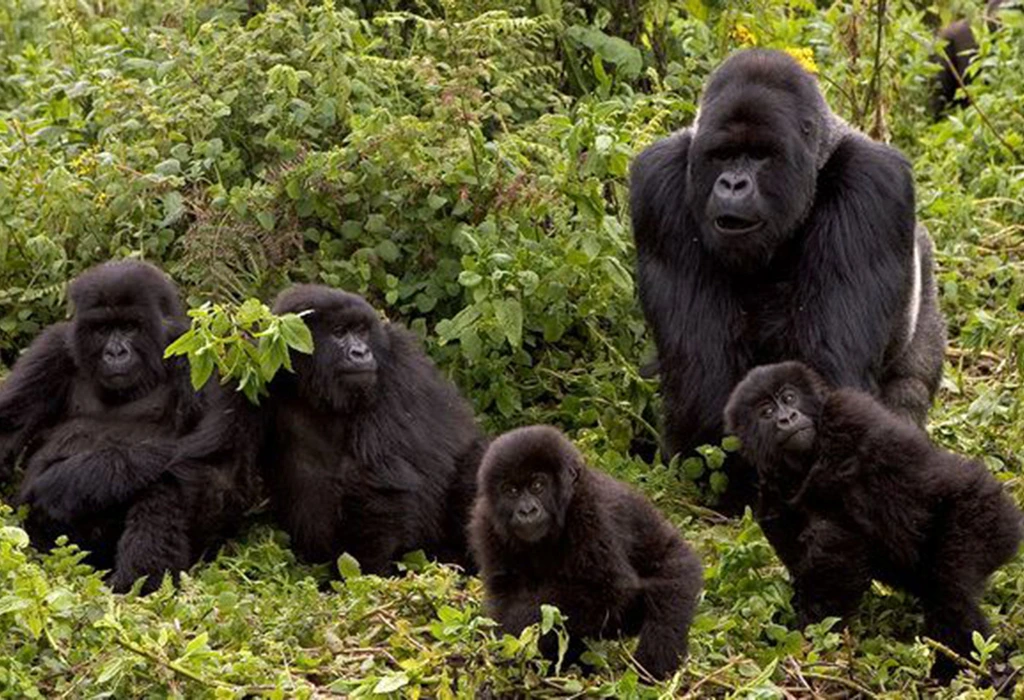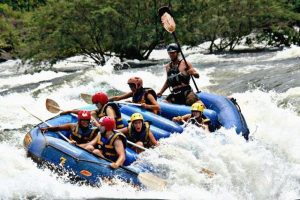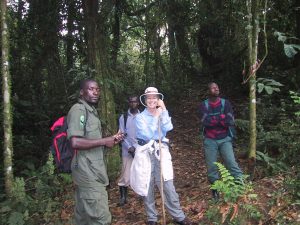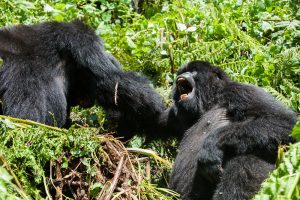Are you dreaming of a close encounter with mountain gorillas in their natural habitat? If so, a combined Uganda and Rwanda gorilla safari could be the ultimate adventure you’ve been waiting for. Not only does it offer a rare opportunity to witness these majestic primates up close, but it also provides an immersive journey through some of East Africa’s most breathtaking landscapes.
Whether you’re a first-time traveler or a seasoned safari-goer, this comprehensive guide will walk you through every step of planning a trip that is both thrilling and deeply meaningful. Along the way, you’ll discover how to navigate the differences between the two countries, understand permit costs, and choose the best time to visit—all while maximizing your chances for an unforgettable wildlife experience.
Where Can I Go Gorilla Trekking in Uganda and Rwanda?
When it comes to gorilla trekking in East Africa, Uganda and Rwanda are the top choices. Uganda offers two primary gorilla trekking destinations: Bwindi Impenetrable National Park and Mgahinga Gorilla National Park. These parks are home to more than half of the world’s remaining mountain gorillas.
In Rwanda, Volcanoes National Park is the crown jewel for gorilla tracking. Situated in the Virunga Mountains, this park offers breathtaking scenery and a well-organized trekking experience. Many tourists choose a combined safari to experience the unique offerings of both countries, which vary in terrain, cost, and accessibility.
What Is the Cost of Gorilla Trekking Permits in Uganda and Rwanda?
One of the most critical aspects of planning a gorilla safari is understanding the cost of permits. In Uganda, a gorilla trekking permit costs USD $800 for foreign non-residents, $700 for foreign residents, and UGX 250,000 for East African citizens. In Rwanda, the permit is more expensive, priced at USD $1,500 per person for all foreign nationals.
Despite the price difference, each country offers a distinct experience. Uganda’s dense forests provide a more rugged trek, while Rwanda offers a more accessible and shorter hiking route—ideal for older travelers or those with limited time.
When Is the Best Time to Go Gorilla Trekking?
The best time for a combined Uganda and Rwanda gorilla safari is during the dry seasons, from June to September and December to February. These months offer clearer trails and better hiking conditions, though the treks can still be challenging.
The wet seasons—from March to May and October to November—can offer a quieter, more intimate experience with fewer tourists and lush landscapes, but trails may be slippery. Photographers often prefer the rainy season for its vibrant greenery.
How Long Does a Typical Gorilla Trek Last?
The duration of a gorilla trek can vary significantly, depending on the location of the gorilla families on the day of your visit. Typically, treks can take anywhere from 2 to 6 hours, which includes the time spent hiking through the forest to locate the gorillas and returning afterward. Once you reach the gorilla group, you’ll be granted a precious one-hour window to observe and photograph these majestic primates in their natural habitat.
To ensure a low-impact, high-quality experience, both Uganda and Rwanda strictly limit the number of visitors. Only eight people are allowed per gorilla family per day, a regulation designed to minimize stress on the animals and provide a more intimate and rewarding encounter for each trekker.
What Is the Minimum Age for Gorilla Trekking?
In both Uganda and Rwanda, the minimum age for gorilla trekking is 15 years. This restriction ensures safety and maturity, as the treks can be physically demanding and require strict adherence to park regulations.
Parents traveling with children below this age may need to arrange alternative activities like cultural village visits, bird watching, or nature walks while adults engage in the trek.
Why Choose a Combined Uganda and Rwanda Gorilla Safari?
A combined safari offers the best of both worlds. By visiting both Uganda and Rwanda, you can compare different terrains, forest ecosystems, and gorilla group behaviors. It also gives you access to additional wildlife and cultural experiences unique to each country.
This type of safari is ideal for:
Travelers seeking a richer, more diversified experience
Photographers who want varied landscapes
Visitors interested in conservation and community engagement
Combining the two countries also allows you to maximize your travel investment by experiencing two gorilla habitats in one journey.
How Do I Travel Between Uganda and Rwanda During the Safari?
Most combined safaris begin in Kigali, Rwanda, due to its proximity to southwestern Uganda. From Kigali, it takes about 3–4 hours to drive to Bwindi Impenetrable Forest, depending on the border crossing point (most commonly Cyanika or Katuna).
Tour operators often handle the logistics, including:
Airport pick-up and drop-off
Cross-border travel arrangements
Coordination of gorilla permits in both countries
Traveling this way saves time and provides scenic drives through the beautiful Virunga ranges.
What Are the Visa Requirements for Uganda and Rwanda?
For travelers interested in a multi-country safari, the East African Tourist Visa is the most convenient option. It allows entry into Uganda, Rwanda, and Kenya for 90 days and costs USD $100. You can apply for this visa through the embassy of the country you’ll first visit.
Alternatively, individual tourist visas for each country are available at about USD $50 per entry.
Can I Combine Gorilla Trekking With Other Wildlife Safaris?
Absolutely! A combined Uganda and Rwanda gorilla safari can be enhanced with additional wildlife experiences, such as:
Chimpanzee tracking in Kibale Forest National Park or Nyungwe Forest National Park
Big Five safaris in Uganda’s Queen Elizabeth National Park or Rwanda’s Akagera National Park
Golden monkey tracking in Volcanoes National Park
Cultural tours including Batwa and Iby’iwacu community visits
These additions provide a well-rounded safari adventure that goes beyond gorillas.
How Many Days Should I Allocate for a Combined Safari?
A well-balanced combined safari typically lasts between 7 to 10 days, allowing for:
Arrival and acclimatization
Two separate gorilla treks (one in each country)
Cross-border travel time
Additional wildlife or cultural activities
Here’s a sample itinerary:
Day 1: Arrive in Kigali
Day 2: Transfer to Volcanoes NP for Rwanda trek
Day 3: Gorilla trekking in Rwanda
Day 4: Transfer to Bwindi, Uganda
Day 5: Gorilla trekking in Uganda
Day 6–7: Optional game drive or chimp trek
Day 8: Return to Kigali or fly out from Entebbe
What Vaccinations Are Required for Travel to Uganda and Rwanda?
A Yellow Fever vaccination is mandatory for entry into both Uganda and Rwanda. Other recommended vaccinations include:
Hepatitis A and B
Typhoid
Rabies (for longer stays or remote areas)
COVID-19 (as required)
It’s best to consult your doctor or a travel health clinic 6–8 weeks before departure.
Is Gorilla Trekking Safe?
Yes, gorilla trekking is very safe when organized by reputable tour operators. Trained rangers and guides accompany every trek, ensuring your safety and adherence to conservation protocols.
Safety tips include:
Maintaining a 7-meter distance from gorillas
Avoiding direct eye contact
Speaking in hushed tones
Following the guide’s instructions at all times
The gorillas are habituated to human presence and are generally calm and peaceful.
What Should I Pack for a Gorilla Trekking Safari?
Packing appropriately is essential for a comfortable and enjoyable experience. Your packing list should include:
Sturdy hiking boots
Long-sleeved shirts and trousers
Waterproof jacket or poncho
Gardening gloves (for grabbing vegetation)
Reusable water bottle
Energy snacks
Camera with extra batteries
Sunscreen and insect repellent
Most lodges offer laundry services, so pack light but smart.
How Do I Obtain Gorilla Trekking Permits?
Permits can be booked through licensed tour operators or directly from:
Uganda Wildlife Authority (UWA)
Rwanda Development Board (RDB)
Tour operators are often better equipped to secure permits as part of a package, and they handle the complexities of availability and scheduling.
Due to high demand, especially in peak season, book permits at least 6 months in advance.
What Is the Group Size Limit for Gorilla Trekking?
To minimize ecological impact, gorilla trekking is strictly limited to 8 visitors per gorilla family per day. This ensures minimal stress for the gorillas and a more personal experience for trekkers.
Smaller groups also enhance the chances of seeing natural behaviors and getting excellent photos without crowding.
Are There Conservation Efforts I Can Support During My Safari?
Yes! Conservation is at the heart of gorilla trekking. You can support local efforts by:
Choosing eco-friendly lodges
Purchasing locally made crafts
Participating in community-based tourism programs
Donating to wildlife conservation NGOs
Your visit directly contributes to gorilla conservation and community development, as a significant portion of permit fees goes toward these efforts.
Final Thoughts
A combined Uganda and Rwanda gorilla safari is far more than just a holiday—it’s truly a life-changing journey into the heart of Africa. From trekking through dense, ancient rainforests to climbing misty volcanic slopes, and from intimate face-to-face encounters with mountain gorillas to immersive cultural exchanges with local communities, this adventure encapsulates everything a passionate traveler could dream of.
Whether you’re planning your very first gorilla trek or aiming to deepen your wildlife exploration, combining Uganda and Rwanda guarantees a rich, diverse, and unmatched safari experience. So don’t wait—book your trek today and take the first step toward witnessing one of nature’s most awe-inspiring wonders in the wild heart of East Africa.
